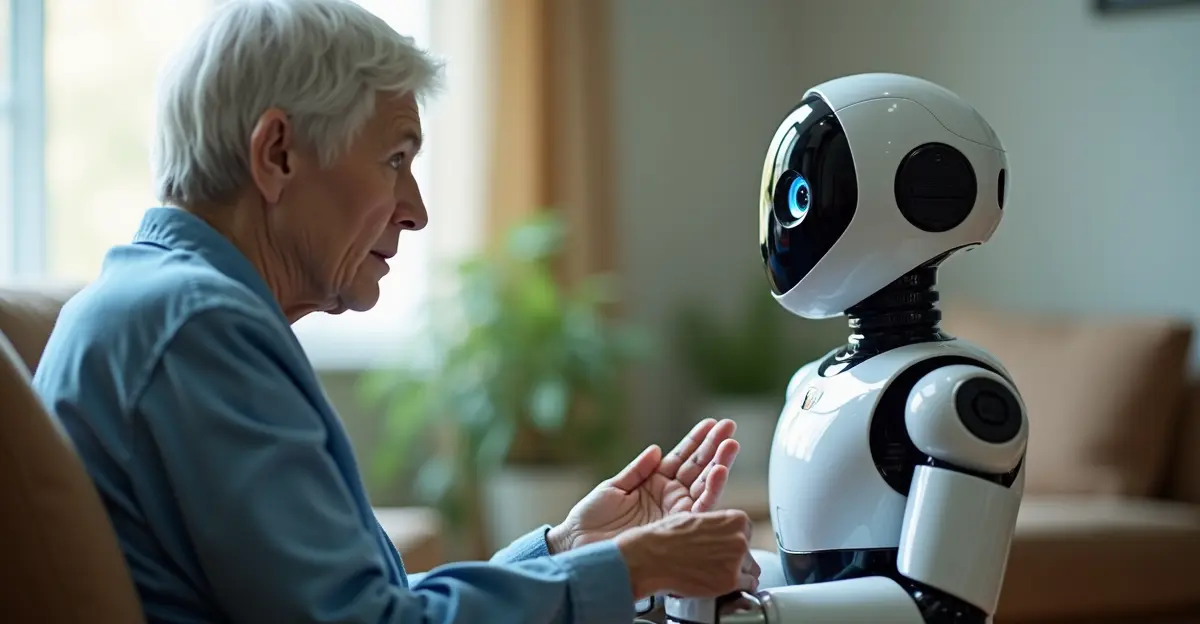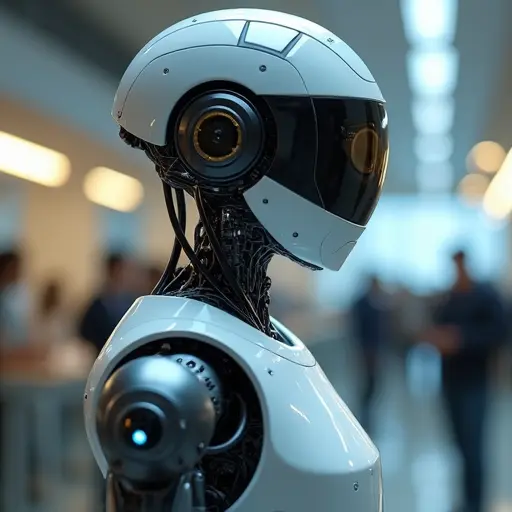
Robotic Companions Revolutionize Senior Care Facilities
In a groundbreaking development for elderly care, AI-powered companion robots are being deployed in care facilities across the globe, offering social interaction and health monitoring capabilities that are transforming the lives of senior residents. These sophisticated machines represent the cutting edge of assistive technology in healthcare, providing 24/7 companionship and support.
The Rise of Social Robotics in Elder Care
According to recent research published in the International Journal of Environmental Research and Public Health, companion robots are designed to create real or apparent companionship for human beings, particularly targeting elderly populations and single children. These robots communicate with non-experts in natural and intuitive ways, offering functions ranging from home monitoring to medication reminders and social interaction.
The technology has evolved significantly from early science fiction concepts like R2-D2 to practical implementations that are now being tested in real-world care environments. Modern companion robots gather information about users based on interactions and provide personalized feedback, adapting their behavior to individual needs and preferences.
Types of Companion Robots
Several categories of companion robots are being deployed in elder care settings:
Social Companion Robots: Designed to provide companionship and combat loneliness, these robots mimic human or pet behaviors and engage in simple conversations while responding to user emotions.
Assistive Companion Robots: Aimed at people requiring constant care due to age or disability, these robots help with daily tasks, act as medication reminders, and facilitate mobility while reducing caregiver burden.
Therapeutic Companion Robots: Specifically designed for individuals coping with stress, anxiety, and loneliness, these robots support emotional and mental wellbeing, particularly for patients with dementia or cognitive impairments.
Real-World Implementation and Benefits
Recent deployments in care facilities have demonstrated remarkable results. Studies show that AI companions can significantly reduce feelings of loneliness and depression among elderly residents. The robots provide cognitive stimulation through games and exercises, help maintain medication schedules, and can even detect falls or health emergencies.
Popular models like Pepper, NAO, ElliQ, and Care-O-Bot 4 are being integrated into care routines, offering features such as facial recognition, voice assistance, and telepresence capabilities that allow family members to check in remotely.
Research indicates that these robots are particularly effective for patients with mild cognitive impairment (MCI) or Alzheimer's disease, providing consistent companionship without the limitations of human caregiver availability.
Addressing the Caregiver Shortage
The implementation of AI companions comes at a critical time when many countries are facing severe shortages of healthcare workers and caregivers. With global aging populations increasing rapidly – individuals aged 60+ now outnumber children under 5 – the demand for elderly care services far exceeds available human resources.
Robots are not intended to replace human caregivers but rather to augment their capabilities, allowing staff to focus on more complex medical tasks while the robots handle routine companionship and monitoring functions.
Ethical Considerations and Challenges
Despite the promising benefits, the deployment of AI companions raises important ethical questions. Concerns about privacy, data security, and the potential for reduced human interaction must be carefully addressed. Researchers emphasize that robots should enhance rather than replace human care, preserving the dignity and autonomy of elderly individuals.
Cost remains another significant barrier, with advanced AI systems and assistive robots often being prohibitively expensive for smaller care facilities. Additionally, both caregivers and elderly users require training to effectively operate and interact with these technologies.
Future Outlook
As technology continues to advance, we can expect more sophisticated and affordable companion robots to enter the market. The integration of artificial intelligence with Internet of Things (IoT) technology promises even more comprehensive care solutions, including predictive health monitoring and personalized intervention systems.
The successful implementation of these technologies requires collaboration between robotic engineers, healthcare professionals, and elderly care experts to ensure that the solutions meet actual user needs while maintaining ethical standards.
With proper design and implementation, AI companion robots have the potential to significantly improve quality of life for elderly individuals while addressing the growing challenges of aged care in an increasingly elderly global population.

 Nederlands
Nederlands English
English Français
Français Deutsch
Deutsch Español
Español Português
Português








